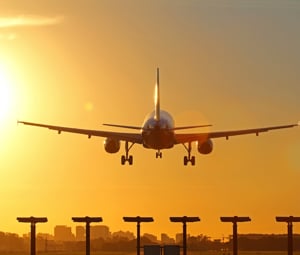Search all reports
Browse through the IATA Economics report library.
503 reports found
Growth in Vietnam’s Air Passenger Market
Vietnam has seen strong growth in its air transport market over the past decade. It has advanced from being Asia Pacific's 11th largest air passenger market in 2014 to the 8th largest in 2024.
- Chart of the Week
Growing commitment to CORSIA
As CORSIA is a route-based mechanism, more States participating in CORSIA imply higher coverage of international aviation emissions under the scheme.
- Chart of the Week
Lifecycle analysis (LCA) and SAF sustainability
Not all SAF is created equal. CORSIA, the Carbon Offsetting and Reduction Scheme for International Aviation, requires that a sustainable aviation fuel (SAF) delivers a minimum emission savings of 10%.
- Chart of the Week
Navigating the Skies: Market Disparity in ASEAN
The Association of Southeast Asian Nations (ASEAN) is a union of 10 Southeast Asian states with a combined population of 677 million.
- Chart of the Week
US Imports Surge Ahead of New Tariffs
US imports surged in the first two months of the year, in anticipation of the Trump administration’s new tariff regime (voiced in the America First Trade Policy Memorandum published on 30 January 2025).
- Chart of the Week
Flying beans, brewed for take off
Approximately 2.5 billion cups of coffee are consumed daily. In 2024, the world produced 10.5 million tons of coffee beans, a 4% increase compared to 2023.
- Chart of the Week
US tariffs are now at the highest rate since the Great Depression
For the first time since the Great Depression, the US has introduced a universal tariff on all imported foreign goods of 10% to take effect on 5 April.
- Chart of the Week
The role of Power-to-Liquid in expanding SAF availability
The aviation industry is committed to net zero carbon emissions by 2050, with SAF as one of the key drivers.
- Chart of the Week
Interregional traffic growth reflects capacity over new routes
Interregional air passenger traffic increased by 45% over the past decade, accounting for 16.5% of total traffic in 2024.
- Chart of the Week
The Growing Challenge of Capacity Planning
Availability of aircraft continues to be constrained by supply chain challenges and production limitations.
- Chart of the Week



